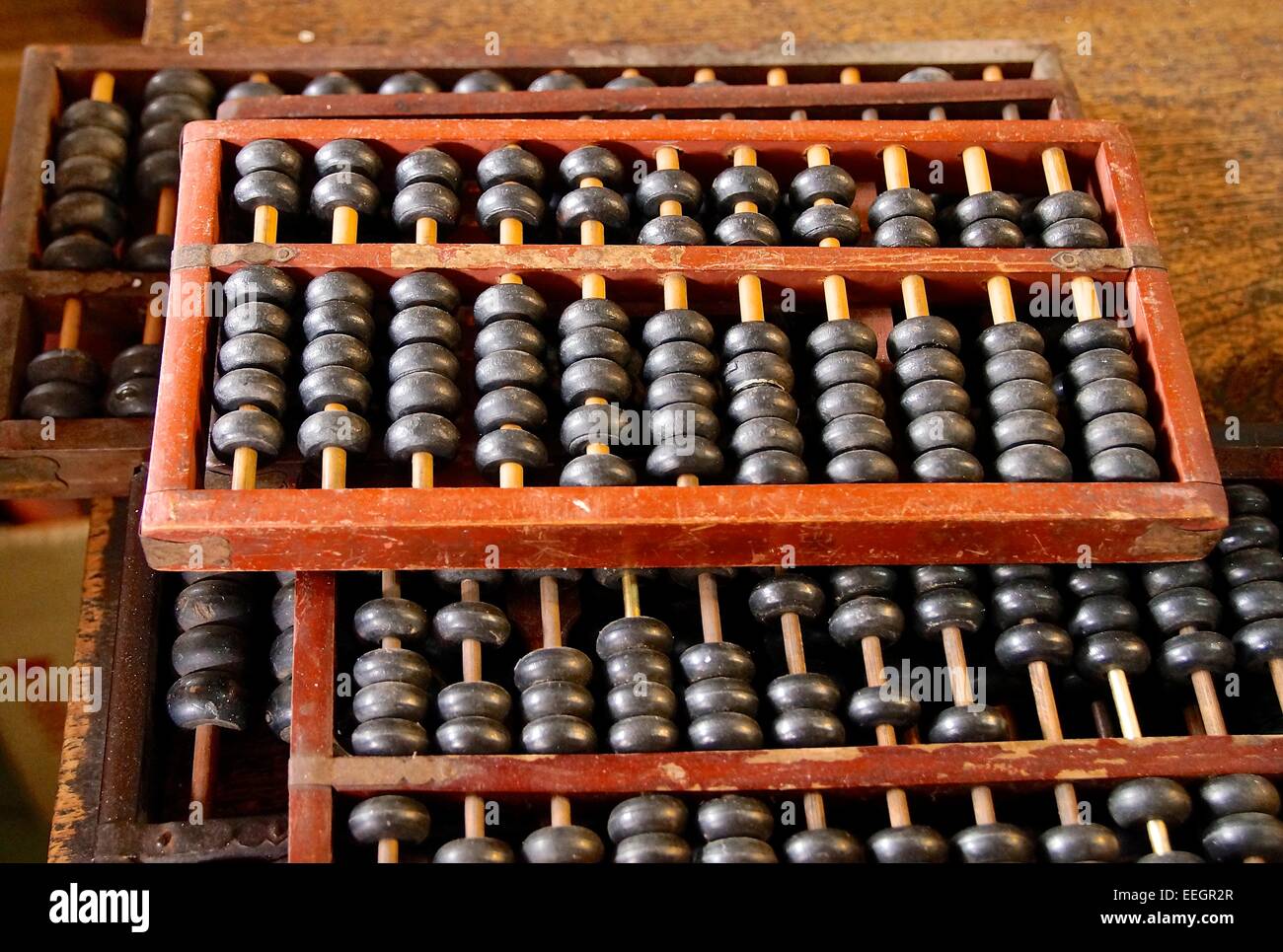

But yeah, the Romans did it.ĩ82 = 900 + 80 + 2 = CM + LXXX + II = CMLXXXII. Imagine calculating larger numbers in this method. When a smaller value was placed before a larger one, it meant subtraction. Roman Numeralsįor instance, here is a sample calculation: The below table represents the rules for writing Roman numerals. In Fact, They Were Called So, Because They Used Calcule (Latin Word for Pebbles) to Do Addition, Subtraction, Multiplication, and Division. The below table represents the rules for writing Roman numerals.ĭid You Know: During the Roman Empire, Mathematical Calculations Were Performed by People Known as Calculators. In addition, they added the values together. All their numerals were a string of roman letters. They used roman numerals instead of numbers to do calculations, in the first place. Clearly, it was capable of many complex calculations beyond addition and subtraction. The question here is, did Abacus play a part in all of it? Yes, it did! The Roman abacus looks like a simple device. Obviously, the Romans were also extremely curious about Trigonometry. Not to mention, Romans were the first ones to use calculation in Mechanics, Structural Engineering, and the creation of Solar and Lunar calendars. The Romans used a much theoretical method of calculation when it came to Math. It was indeed an integral part of every construction. Moreover, a simple device being able to perform so many calculations fascinated the Romans to a great extent. The symbols on the lower slot indicated the columns used for different calculations and a particular type of fractions. The lower grooves marked the place value from tens to millions. The beads in the upper groove marked the place value of fives. The last two columns were indeed used for the Roman mixed-base math. On the other hand, the lower ones had four beads. With time, they designed a much simpler Abacus kit that consisted of seven long and shorter grooves. They had numerous columns, leading to confusion. Nonetheless, the earlier design had a confusing structure. Also, they called the counting board Calculi. Finally, the Romans used Abacus to calculate, by using the Roman numerals. How Did Roman Calculate?Īlternative usages of the beads in the lower slot. Hence, the abacus was used in the Roman measures and Roman currencies. Indeed, this made the Roman Abacus so unique. The beads up and down to indicate their values in the calculation with their position. Also, the longer slot with more than 4 beads were used to count 1/12 of a whole unit. The beads in the upper shorter grooves denote fives-five units, five tens, etc. Those columns were used for ‘mixed-base math’, a unique math developed by the Romans.

The two rightmost columns differed from the other columns. The lower groove marked I indicates units, X tens, and so on up to millions. This simple device was even used while constructing ships. It was used to perform all kinds of arithmetic operations. Knowing the benefits of the abacus, the Romans designed it creatively. They had one bead above and four beads below the bar, typically resembling the Japanese Soroban abacus. The Romans designed the abacus more like a metal plate. Scholars of this camp also cite many other literary descriptions of the abaci as evidence.Velser’s reconstruction of Roman abacus. They cited the note of a Yuan Writer named Tao Zongyi, who portrayed in his book that “unlike the newly-bought servants, the experienced ones were just like abacus beads they wouldn’t move unless you poked them to.” The analogy demonstrated that the using of the abacus was probably very common at that time. Then there came a second camp who believed that the abacus was invented in the middle period of the Yuan Dynasty (1206AD-1368AD) and became widely used in early Ming Dynasty (1368AD-1644AD). But other scholars disapproved this assertion by classifying the mentioned tool as a gadget used only for addition and subtraction. In this book, Xu recorded fourteen ways of calculation, among which there was a description of a way of computation by moving beads within three beams. Their proof was the book A Gleaning of Arithmetic (Shu Shu Ji Yi) by the mathematician Xu Yue (?-220AD). Firstly, starting in the Qing Dynasty, a group of people advocated that there had been documents on abaci since the Han Dynasty (202BC-220AD).


 0 kommentar(er)
0 kommentar(er)
